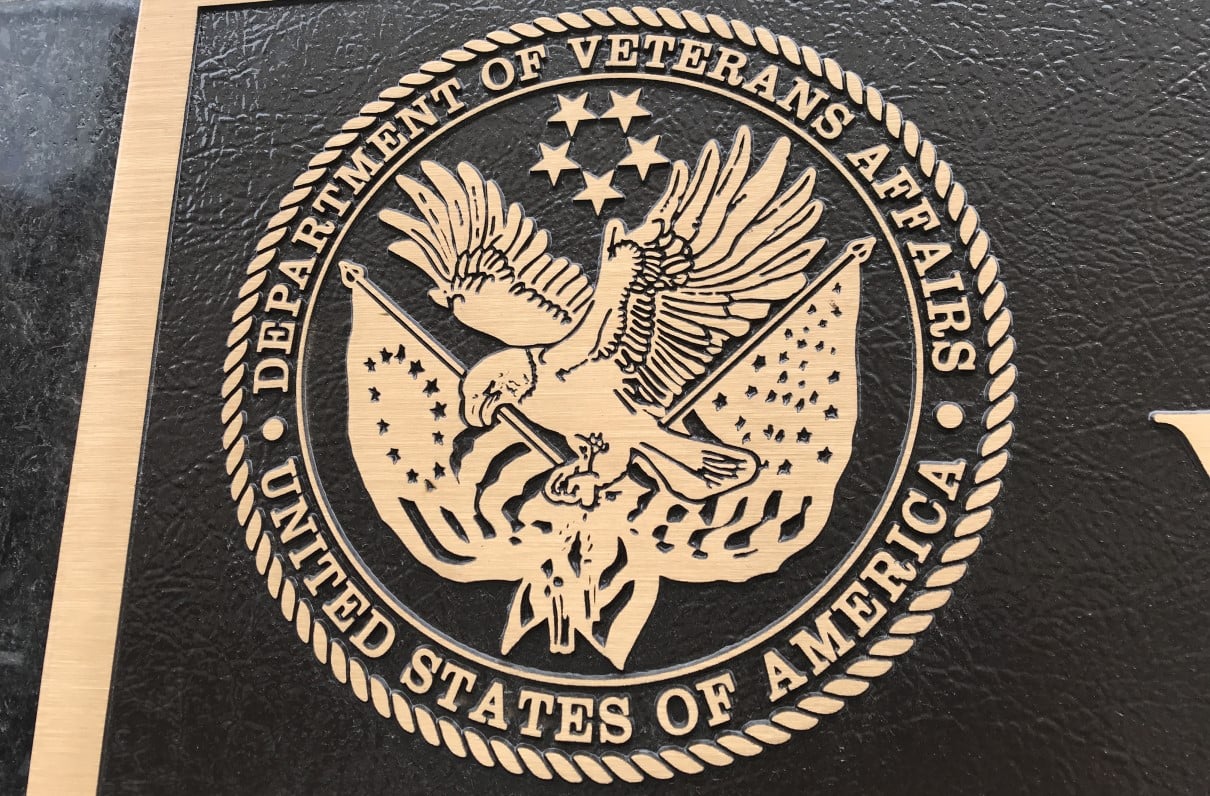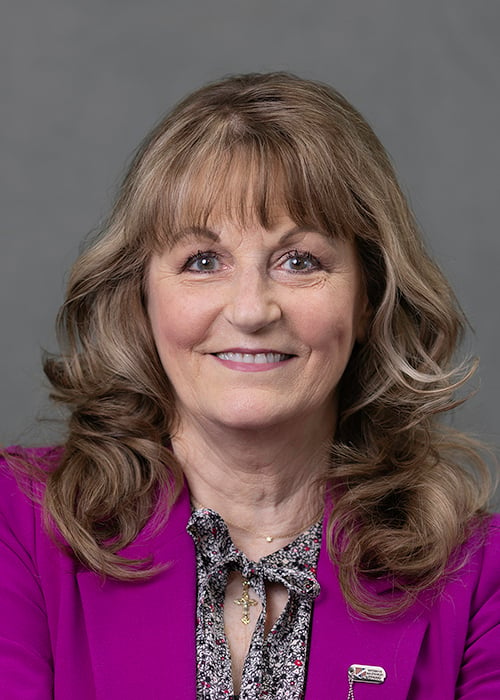A new VA initiative to increase veterans’ access to health care led to more than 25,000 new patients in a four-month span and will provide a foundation for future improvements, a top official told MOAA.
The “Access Sprint” is part of the department’s FY 2024-2025 priority to deliver the “soonest and best care” to veterans. It was “hugely successful in making a positive impact on improving timeliness to care in a very short amount of time, largely due to tactics that are ‘tried and true’ access principles,” Acting Assistant Under Secretary for Health for Integrated Veteran Care Hillary Peabody told MOAA and other veterans service organizations (VSOs) on April 3.
Planning for the sprint began in September, with execution from November through February. The VHA was not prescriptive in what VA medical centers (VAMCs) should do; instead, it provided each VAMC a toolbox of ideas and resources to choose from.
Night and weekend clinics, and improving daytime clinic scheduling, were among initiatives that led to VHA seeing 25,000 more new patients compared to the same period the year prior. Operational changes took place in three waves:
- Primary Care: Focused on all areas of primary care with 100% of VAMC participation.
- Specialty Care: Focused on high-demand specialties like cardiology, gastroenterology, neurology, and oncology-hematology with 100% regional health care networks participating in oncology-hematology and between 78%-95% in other specialty areas.
- Mental Health: Focused on all aspects of mental health care with 100% VAMC participation.
[RELATED: Expansion of Hours at Some VA Clinics Leads to 25,000 New Patients]
Some of VHA’s management procedures and systemwide collaboration practices atrophied during the COVID-19 pandemic, Peabody said. Refocusing on these practices proved highly successful, making care easier and faster for veterans to obtain during the sprint.
VHA workers looked to get back to basics in delivering team-based care, reducing administrative burdens and policies, recognizing people, and celebrating successes. Providing a framework for medical centers to innovate and optimize expansion of virtual or telehealth, direct care, and community care services, and manage appointments and cancellations also helped drive success.
Next Steps
The VHA plans to build on the sprint to continue improvements in timeliness, efficiency, capacity, and employee and veteran satisfaction through:
- Fostering a culture of improvement by creating a forum for enterprise-wide collaboration and optimization.
- Refining enterprise performance and management infrastructure by improving monitoring and reporting access metrics and key performance indicators, and codifying roles and responsibilities.
- Streamlining access to data by providing standardized tools and guidelines for the employees to understand, analyze, and report on access data at the field level.
- Reducing administrative burdens by improving team-based health care delivery and allowing employees to focus on providing high quality, comprehensive care to veterans.
Learn more about VA’s FY 2024-25 priorities at this link.
Support The MOAA Foundation
Donate to help address emerging needs among currently serving and former uniformed servicemembers, retirees, and their families.

